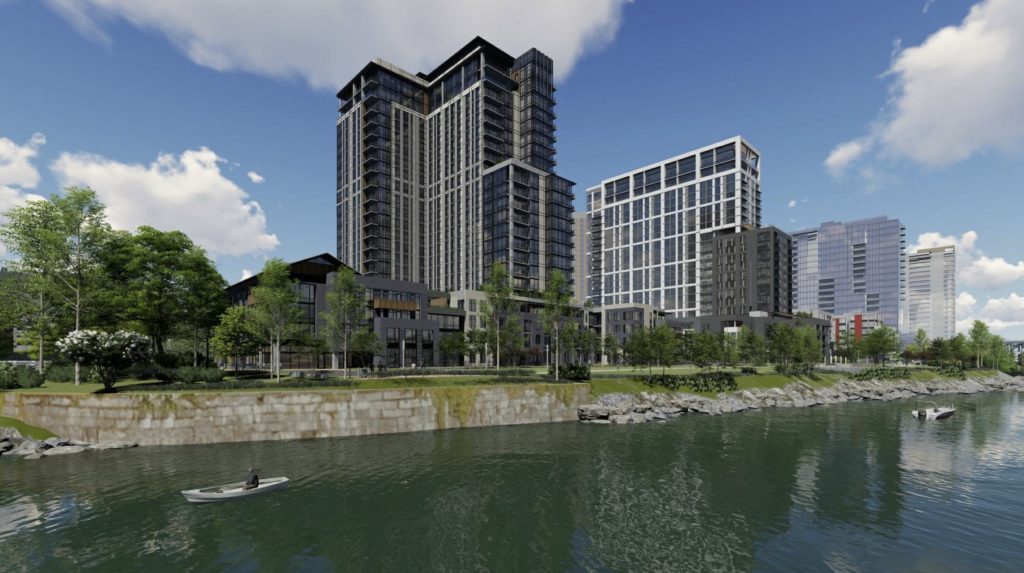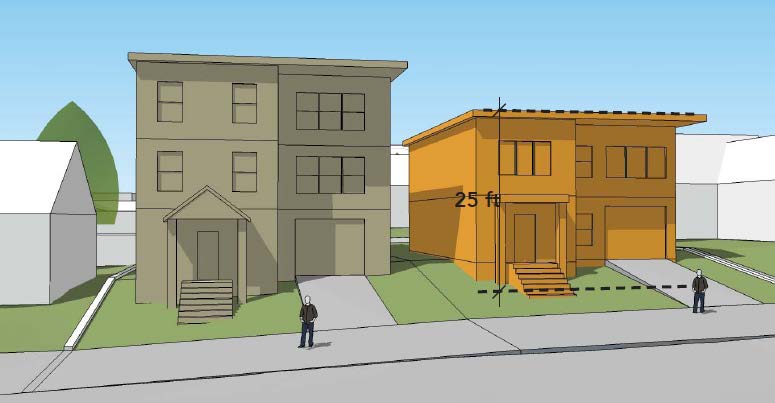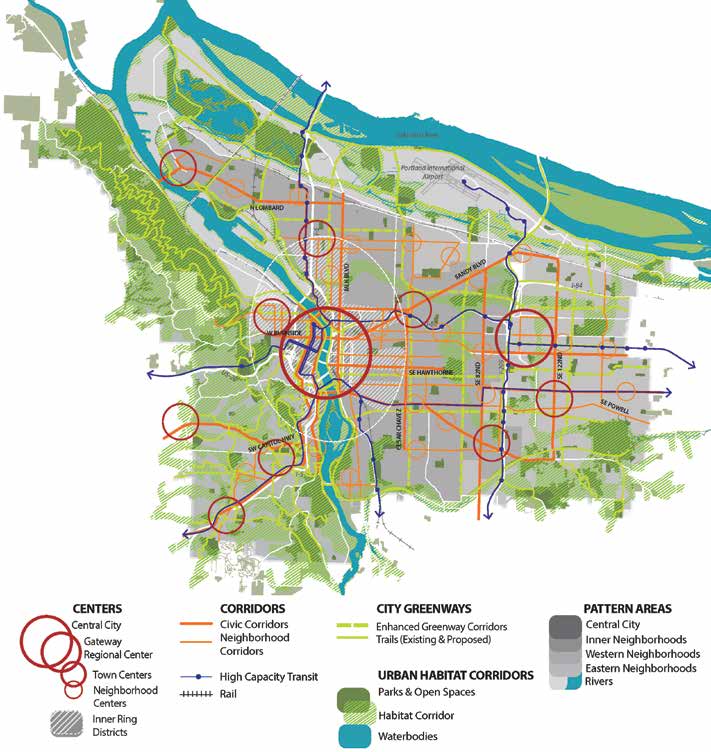
The Willamette Blocks proposal in South Waterfront (previously known as the Landing at Macadam) is facing a blacklash* from nearby residents, writes the Daily Journal of Commerce.
OPB covered the River District Navigation Center (previously known as the Oregon Harbor of Hope) which opened after the largest-ever single contribution to Portland and Multnomah County’s shelter system.
The Portland Tribune wrote about a work session on the Housing Opportunity Initiative—the combined package of the Residential Infill Project, Better Housing By Design and the Anti-Displacement Action Plan. Later in the year City Council will consider a plan to allow up sixplexes on lots currently zoned single family, if half of the units in the structure are affordable.
A new food hall and brewpub will open in Montavilla’s Rocket Empire Machine, writes Eater Portland.
The Land Use Board of Appeals (LUBA) has remanded the Central City 2035 Plan, over the issue of building heights allowed in Chinatown. In 2018 City Council settled on a 200′ height limit for parts of the district, replacing previous zoning that ranged from 100′ to 425′. Critics said that a 200′ height limit is too high. LUBA decided that the City did not adopt adequate findings to explain why 200′ complied with its adopted policies.
The Nature Conservancy showcases its mission with revamped Portland headquarters, writes the Portland Business Journal.
Portland Architecture considered height limits in the Pearl and Old Town, with the Hyatt Place and Allison Residences in mind.
The Oregonian reports that after “a brief reprieve, Portland-area rents are starting to tick up again.”
*This article will be unlocked for the rest of this week. After this week it will only be viewable by DJC subscribers.

